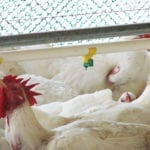
Male Management for Best Performance
Male management for best performance Male management starts at placement of chicks. Floor temps need to be in the area of 98 degrees with chicks having access to heat, food, and plenty of fresh water. The caretaker must continually refresh food supply and water supply and maintain heat and ventilation, so birds are comfortable. House […]
Read More >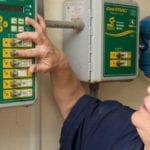
Is your farm on “ALERT STATUS”?
IS YOUR FARM ON “ALERT STATUS”? The current high-alert status within our country right now makes me think about how farms often go without being on “Alert” for signaling troubles before it’s too late. Alarm systems are essential for keeping your poultry houses safe and are yet another step in preventing major losses. I’ve seen […]
Read More >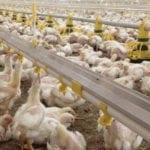
Without Water, Everything Withers
Chicken Basics…It Pays to go Green Without Water, everything withers… The watering system in a poultry house is one of, if not the, most important pieces needed to ensure you have a good, healthy flock. With the recent pandemic event, a lot of us have flocked (pun intended) to various stores to purchase good, clean […]
Read More >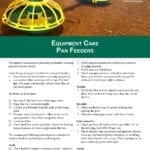
Maintenance & Care – Pan Feeding
Having clean, healthy, and abundant feed available to your chickens is crucial to their success. It’s imperative that the pan feeding system is in good working order to ensure that feed is evenly and adequately distributed throughout the flock. Follow this maintenance guide to help you keep your feed lines working well and your birds […]
Read More >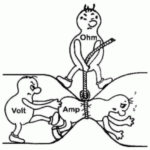
Stray Voltage – An Invisible Concern
We don’t often think much about how electricity on the farm might affect the livestock. Stray voltage, however, can challenge performance. Stray voltage is small voltage, typically less than 10 volts, measure between two points that can contacted simultaneously by an animal. The voltage itself indicates a problem, but the current flowing through the animal […]
Read More >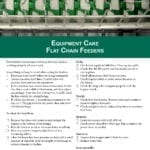
Equipment Maintenance – Flat Chain Feeders
Preventative maintenance helps ensure the longevity of equipment in a poultry house. There’re a few things to keep in mind when servicing equipment. Always disconnect electricity before servicing equipment. Check chain tension regularly, especially when the system is new and being broken in, and adjust the tension accordingly. After about the first three weeks, check […]
Read More >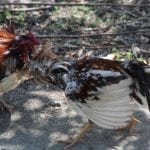
“SILENCE OF THE CHICKENS” – PREVENTING PECKING AND CANNIBALISM
Cannibalism is the consuming of all or parts of the same species. This is a common occurrence in poultry barns of all different types including cage systems, aviaries, floor pens, outdoor, and free-range flocks. Paying close attention to your flock’s health and behavior is vital to stopping what could be a widespread dilemma throughout your […]
Read More >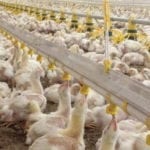
Caring for Water Lines During NAE Production
Over the past few years producers, integrators, and manufacturers have worked hard to develop an antibiotic-free poultry production system that works. The system uses a series of supplements such as probiotics, prebiotics, essential oils or additional electrolytes, vitamins, and minerals to encourage healthy intestinal flora and build resistance to disease. However, with time, we’ve started […]
Read More >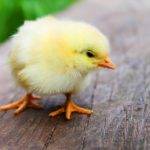
Getting NAE Chicks Off to the Best Start
With consumers and welfare groups pushing for antibiotic free production of poultry products, farmers are faced with many obstacles. How can farmers reduce antibiotic dependence and still remain profitable? It’s a challenge, for sure, but there has been a flood of research to solve the problem. Scientists and nutrition experts have found that the birds’ gut […]
Read More >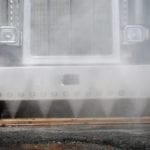
Practices of Agricultural Biosecurity
Practices of Agricultural Biosecurity Biosecurity is the prevention of spreading pests and diseases among livestock. Not only is it the farm’s responsibility, but the responsibility of everyone who works in the industry, from the grower to employees, visitors, and service personnel. Infectious disease can be spread from farm to farm though pathogens carried on objects, […]
Read More >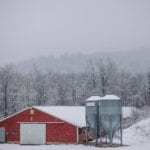
Maintain Water Lines to Limit House Moisture Levels
In cold weather, there are many factors that create a good environment for animals. Since one of the primary essentials for life is air, ventilation may be what immediately comes to mind. We must maintain the oxygen levels in the barn since oxygen is inhaled by the animals and used to produce energy needed to […]
Read More >
Seasonal Audit – Minimum Ventilation
During winter we use minimum ventilation to balance fresh air intake with heat conservation. House tightness should be the first thing on your winter prep checklist. Heat lost through building air leaks causes the heaters to run excessively and waste fuel. Air leaks can also cause cold air drafts that can chill livestock, create cold […]
Read More >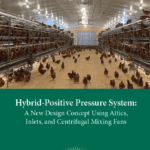
Hybrid-Positive Pressure System: A New Design Concept
Hybrid-Positive Pressure System: A New Design Concept Most poultry houses are designed using a negative pressure ventilation program, but free-range facilities must be thought about differently. Because free-range farms must provide outside access for birds, pop-doors are built into the walls. These doors are often required to be open for long periods of time, if […]
Read More >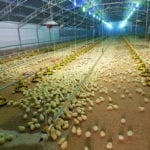
Winter farming comes with a unique set of challenges, especially where litter and air quality are concerned. Respiratory diseases are common in winter when there is less ventilation, and their prevalence has only been increasing since the use of antibiotics has been on the decline. Brooding is arguably the most important developmental stage and eliminating […]
Read More >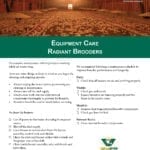
Prep Your Heaters for Winter – Checklist
Whether you use brooders or tube heaters, they both need regular maintenance to keep them working flawlessly. Be sure to always unplug and disconnect the power supply and fuel supply, and never work on a hot heater. Be safe this winter. Take care of your heaters. Subscribe to our blog!
Read More >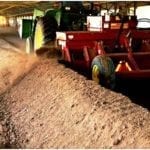
Choosing the Right Bedding Material
Litter is a combination of bedding material, excreta, feathers, and spilled feed and water. Bedding material is a crucial component to litter, as its role is to absorb the excess moisture from droppings and drinkers and promote drying by increasing the surface area of the house floor. Bedding acts as an insulator to protect chicks […]
Read More >
Watch your change-of-season ventilation in swine barns
Watch your change-of-season ventilation in swine barns Diane DeWitte, Extension swine educator Originally published by University of Minnesota Extension. Quick facts Ventilation removes excess heat, moisture and gas from swine barns. During weather changes, make sure your controller is set for proper ventilation. Management practices such as removing manure, cleaning and preventing dust and repairing […]
Read More >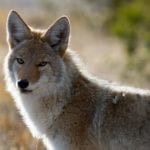
Predators: Thieves in the Night
Predators: Thieves in the Night By: Joe Berry, Oklahoma State University Originally published in Exhibition Poultry Magazine. Playing Detective In many instances, predators leave clues to their identity when they have visited a poultry house. From these clues, the poultry producer may be able to identify the culprit and take the necessary steps to prevent […]
Read More >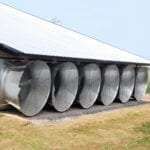
The ideal bird environment can pay back in dividends, but if mismanaged, be costly to a farm. Investing in the bird environment will always pay better in the end. There are several primary goals to ventilation. Ventilation should: Evenly distribute fresh air to the entire flock. Remove excess heat and moisture. Limit the accumulation of […]
Read More >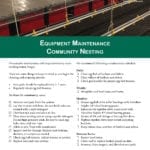
Maintenance Checklist – Community Nest
Equipment maintenance is imperative to keeping things running smoothly. By cleaning the nests regularly, you can prevent transmission of disease from one flock to the next, as well as preserve the health and hatchability of the eggs. The lifespan of equipment is also prolonged when it is properly cared for, allowing farmers to catch potential […]
Read More >